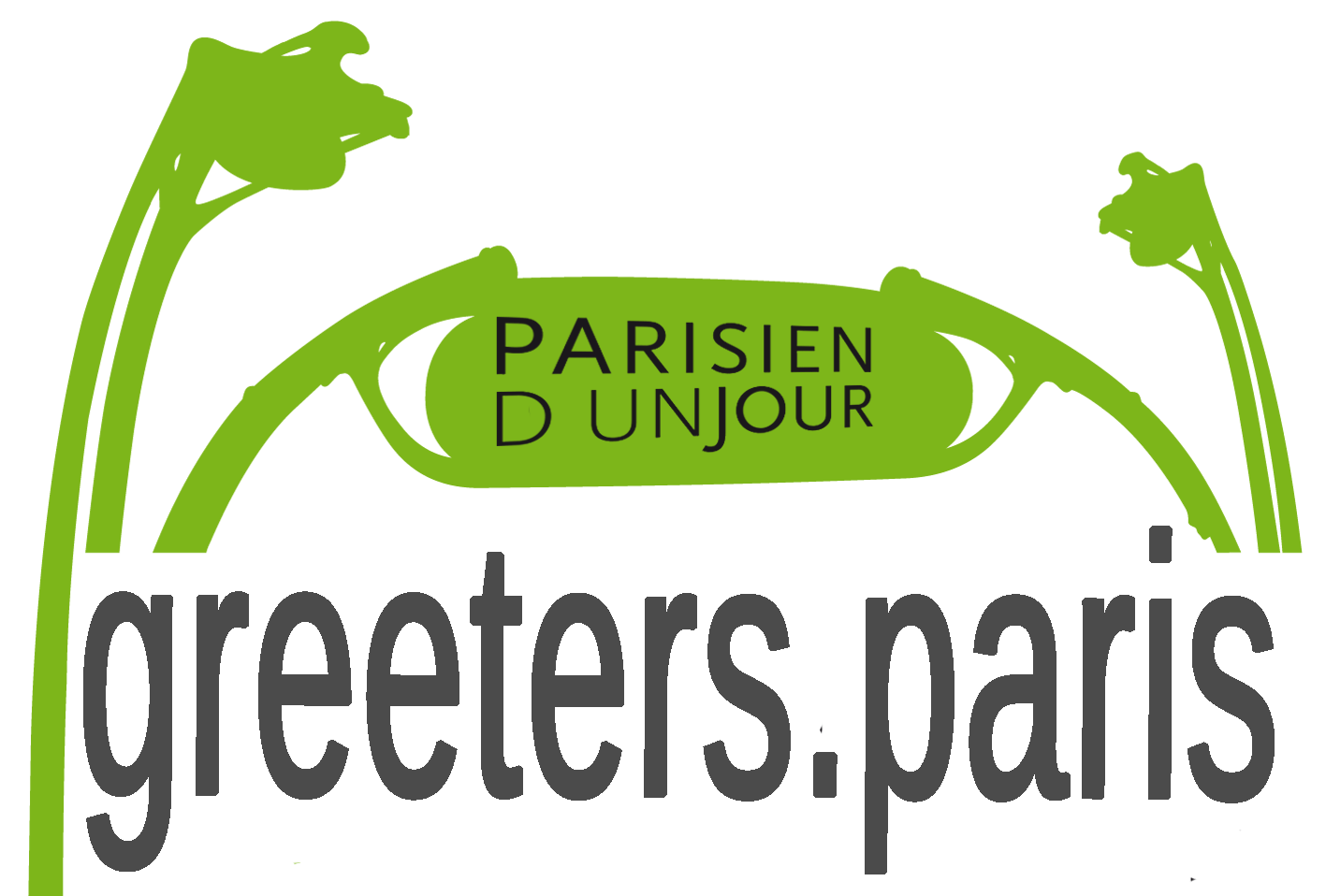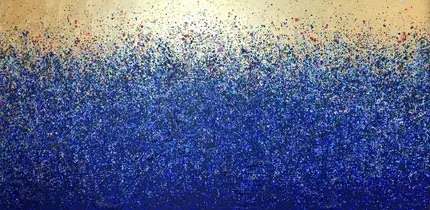
(Later)
famous artists of all kinds, maybe especially painters, were very present at
Montmartre during the latter part of the 19th century and the first part of the
20th century. They lived of course a bit “everywhere”, moved often, but there
are a number of spots, where you can talk about artist “colonies”.
During a
short Montmartre walk, you would certainly pass by the “Bateau Lavoir”, which
got its name by the building’s resemblance to the “laundry boats”, which you a
century ago could find along the Seine River. The building, which offered a
number of artist workshops, burnt almost completely down in the 1970’s, but a
few workshops survived and new, far more comfortable ones, can now be found
behind the white wall. Among the more
famous artists who lived and / or worked here you may mention painters like
Picasso (the cubism – “Les Demoiselles d’Avignon” – was “invented" here),
Modigliani, Juan Gris, van Dongen, Braque, Matisse … and authors like
Appolinaire, Max Jacob, Gertrude Stein…
Also quite
centrally are the buildings which now have become the Montmartre Museum, on
which I have posted a number of times (the most recent one a week ago), where
Renoir, Emile Bernard, Suzanne Valadon, Maurice Utrillo, Raoul Dufy… were
active.
More on the
western and northern slopes of Montmartre, there are other locations with a
high presence of artists, like the “Villa des Arts”, on which I already posted.
Renoir, who moved a lot, was also here for some time, as well as Cézanne,
Signac, Picabia…

Another one
of these more excentric artist “colonies” on which I would like to concentrate
today is “Les Fusains” (which can be translated as “charcoals”). The main
entrance is today on a steep street, rue Tourlaque, but it covers an area with
other entrances from the parallel street. Unfortunately I could not use any of
those, so I have only outside pictures. However, I found an ad about a flat to
rent with some illustrations from the inner courtyards, which I “stole” ‘(see
“map” below), and also a post by a fellow blogger, “BBONTHEBRINK”, which shows
what I would have liked to see. From my “map” with a Google Earth picture one
gets an idea of the great number of workshops, about 30. Most of these buildings were created around 1900 by using material from
the 1889 World Exhibition, some were added later.



A little comparison of the street in 1875, when "Les Fusains" were not yet there, and today.
Below, you
can see some of the artists who have had their workshops at "Les Fusains". Renoir – again -
was obviously more or less here already before, using an old shanty as
workshop. His portrait of Julie Manet (1894), Manet’s niece, dates from this
period. I tried to find photos and works which correspond to the time these
artists lived and /or worked here for shorter or longer periods, basically from
the very beginning of the 20th century to before WWII. The portrait
of André Derain is by Vlaminck. Bonnard is a self-portrait. There are still
artists around… maybe someone will post about them in a few decades.

Walking up
the street, on a corner, is a building, where Toulouse-Lautrec, now and then
lived and had his workshop 1886-97 (his 22nd to his 33rd
year), his most active Montmartre-period. You can below see his paintings of Suzanne
Valadon (with a hangover), who was his mistress for about two years, and of “La
Goulue”, the first cancan-dancer. I guess it was when he left this place for
another workshop that he left 87 works behind, which the next owner used as
wallpapers. He died four years later, in
1901, at the age of 37. (Correction, he lived and worked for a while in the white neighbour building, not the red brick one. Sorry!)

So these
places, with the exception of the Montmartre Museum are still active artist
places. … and then I must mention another one, “La Cité Montmartre aux Artistes”,
which still is very active with some 180 workshops, actually Europe’s most
important artist workshop centre. It was created in the 1930’s by the same
architect who remodeled “Moulin Rouge” to what it is today (Adolphe Thiers). If
you live on the bottom floor, you may have a garden, if you live on the top
floors, you have a splendid view of Sacré Coeur.



































































